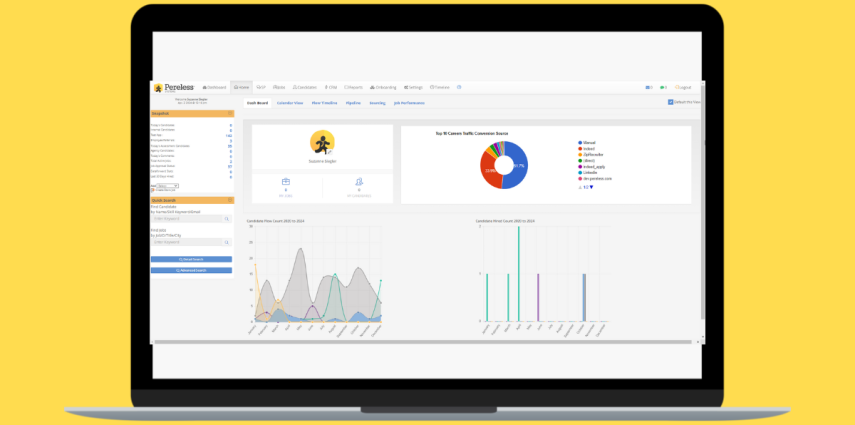In today’s digital recruitment landscape, protecting candidate data is more than just a compliance requirement—it’s a trust imperative. With cyber threats on the rise and data breaches making headlines regularly, HR professionals and talent acquisition leaders must ensure that their Applicant Tracking Systems (ATS) are not only efficient but secure.
One simple yet highly effective step toward enhanced security is implementing Two-Factor Authorization (2FA) in the job application process.
What Is Two-Factor Authorization?
Two-Factor Authorization (often referred to as 2FA) is a security method that requires users to provide two separate forms of identification to access a system. Typically, this includes:
- Something they know (like a password)
- Something they have (like a code sent via SMS, email, phone number or an authenticator app)
This additional layer of security drastically reduces the chances of unauthorized access, even if a password is compromised.
Why Is 2FA Important in Recruitment?
When candidates submit their applications through an ATS, they often share sensitive personal data, including:
- Full names and contact details
- Employment history and references
- Identification numbers (e.g., Social Security or National IDs)
- Educational credentials
- Sometimes, even demographic and diversity information
If this information is not well-protected, it can be vulnerable to data theft or misuse.
How 2FA Enhances ATS Security:
1. Protects Candidate Accounts
When candidates create profiles, 2FA ensures that only they can access their information. Even if someone obtains a candidate’s password, they won’t be able to log in without the second authentication factor.
2. Secures Hiring Workflows
2FA can also be extended to recruiters and hiring managers who access candidate data. This helps prevent internal breaches or unauthorized access by former employees or compromised accounts.
3. Builds Candidate Trust
Today’s job seekers are more aware of privacy and cybersecurity issues. Implementing 2FA shows that your organization takes data protection seriously, which can positively influence employer branding and the candidate experience.
4. Compliance with Data Protection Laws
Depending on your region, 2FA may help meet compliance standards under GDPR, CCPA, or other data protection frameworks. This reduces legal risks and strengthens your organization’s privacy posture.
Implementing 2FA in Your ATS:
If your current ATS provider doesn’t support 2FA, it may be time to reconsider your platform or push for security feature upgrades. Ideally, your system should offer:
- SMS or email-based authentication codes
- Integration with authentication apps (like Google Authenticator or Authy)
- Admin control over user access and authentication settings
- Secure password storage and encrypted communication
It’s also worth providing guidance to candidates and internal users on why and how 2FA is used to ensure adoption and ease-of-use.
Bradford’s Takeaway

As the recruitment process becomes increasingly digital, safeguarding candidate information is not optional—it’s essential. Two-Factor Authorization is a straightforward but powerful security measure that can significantly enhance the integrity of your ATS and protect both your candidates and your organization.
Data security isn’t just IT’s job—it’s everyone’s. Implementing 2FA is a simple first step toward a more secure, trustworthy hiring process.












